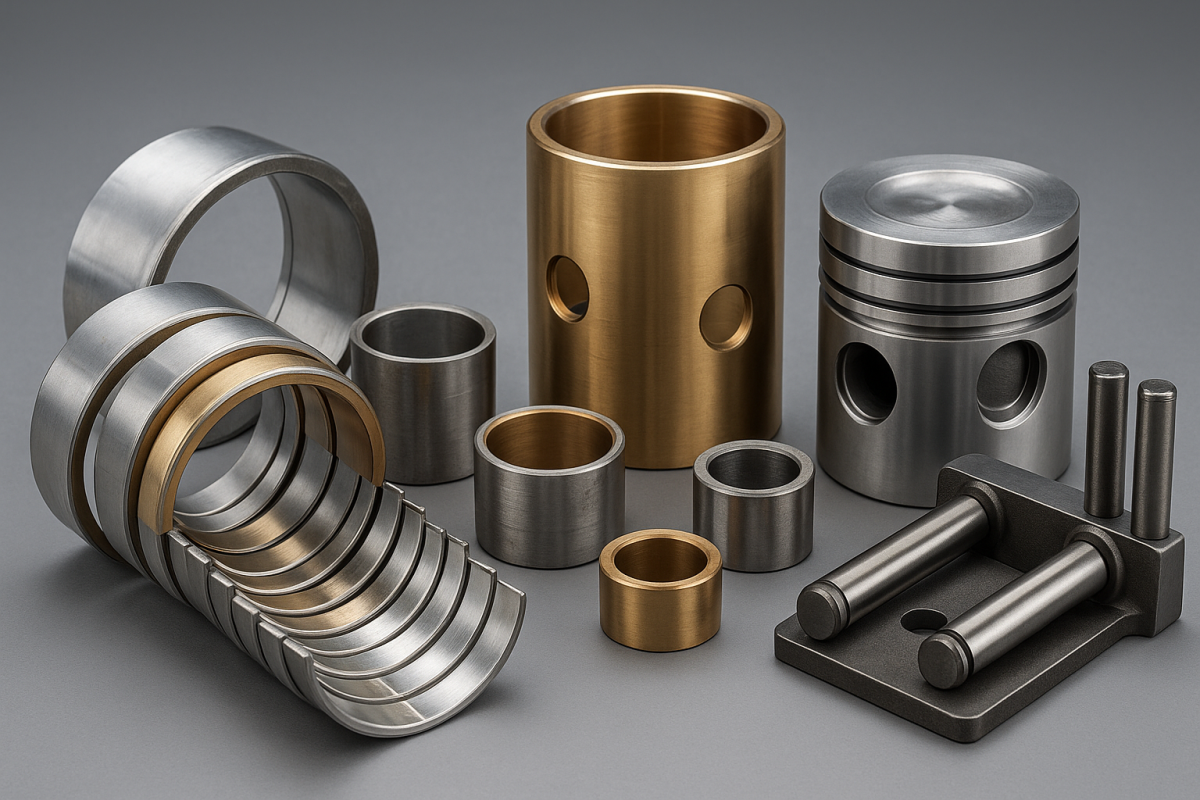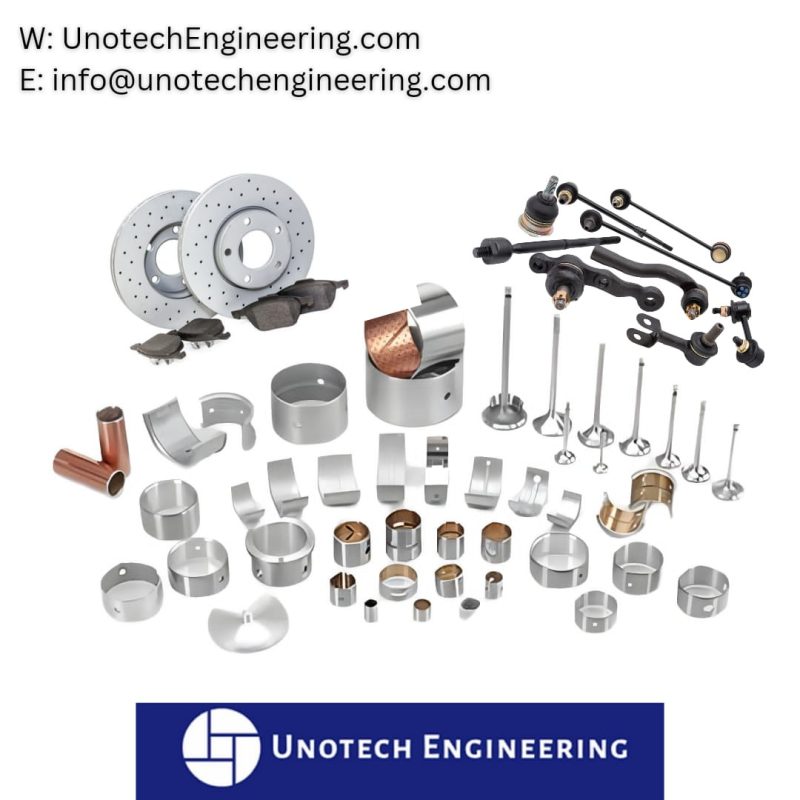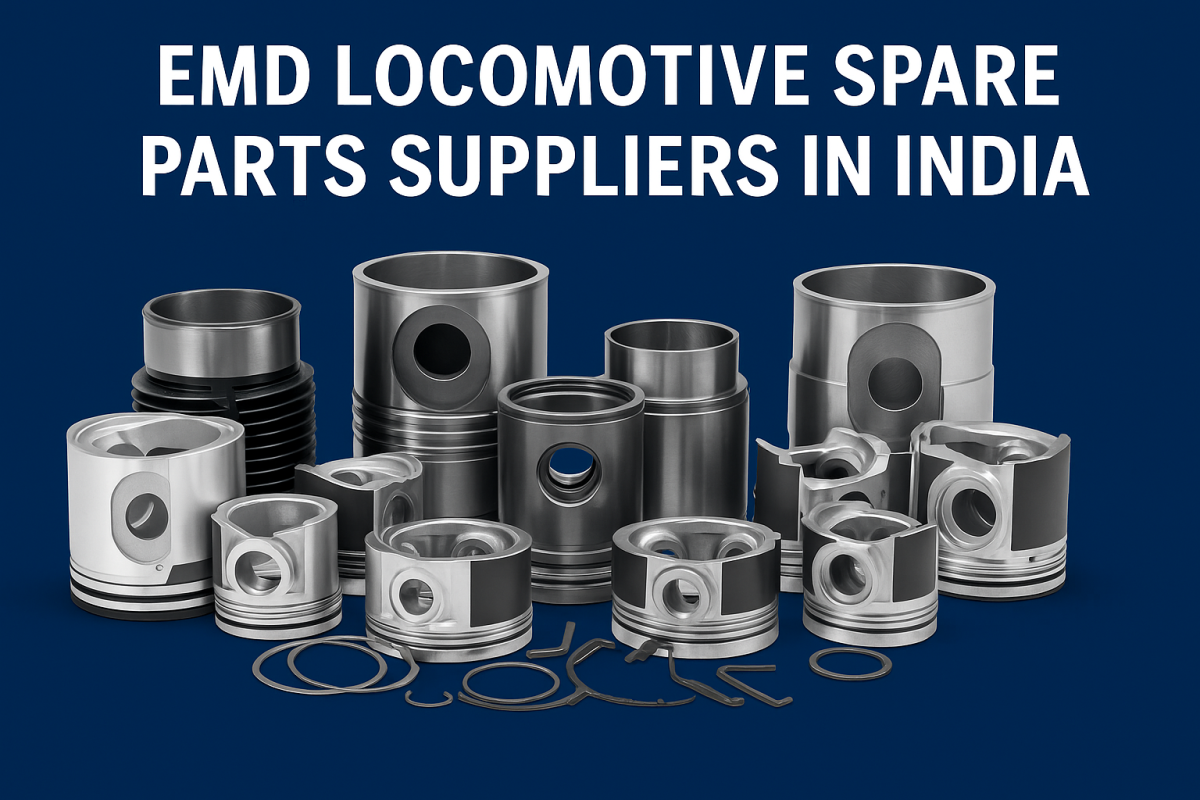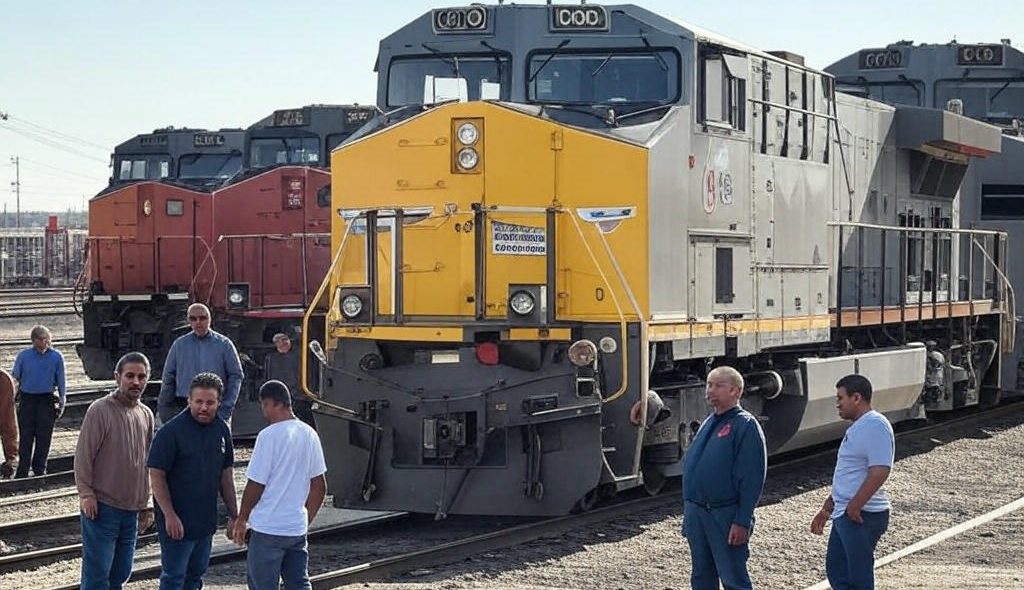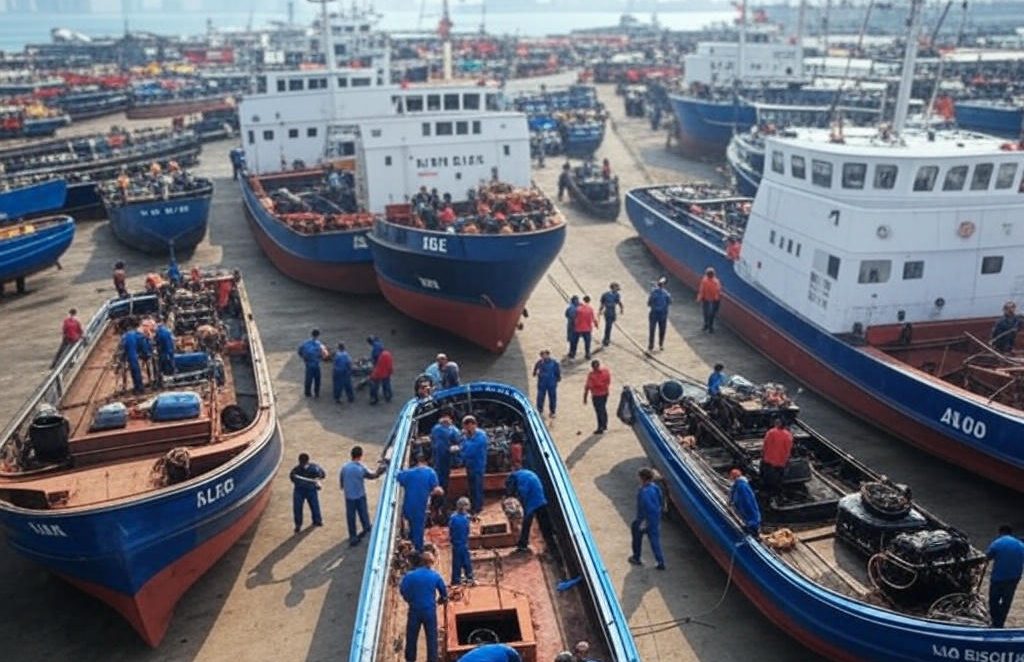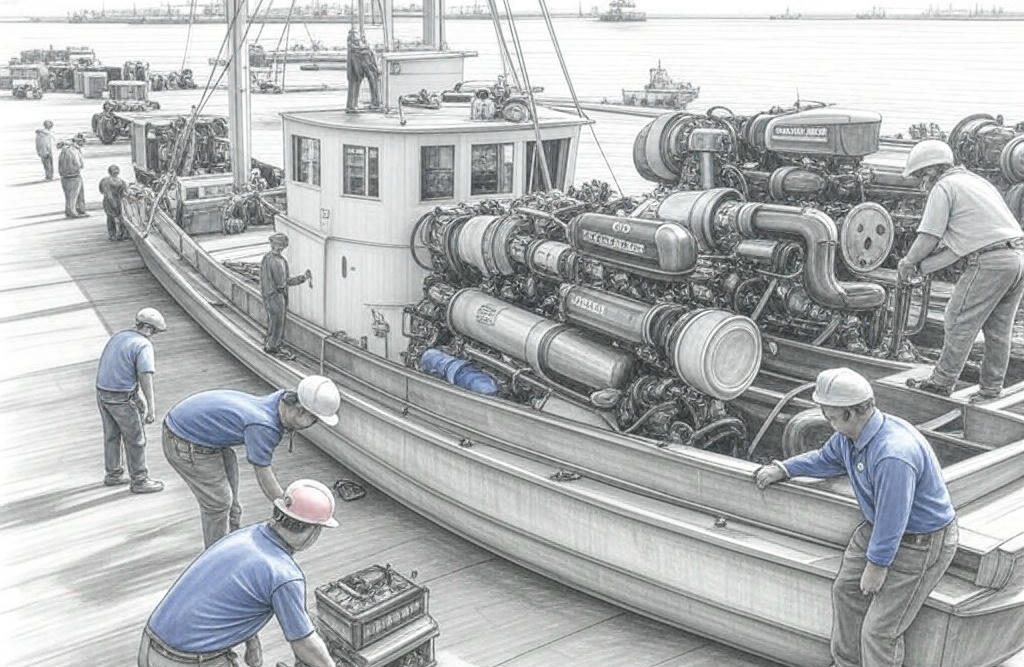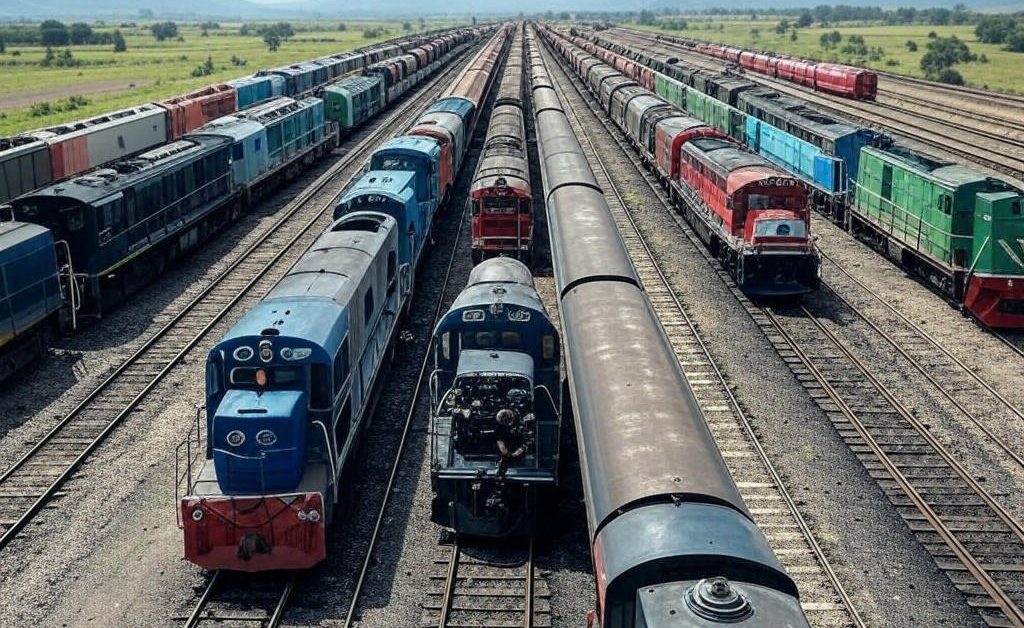Chittaranjan Locomotive Works Sets Global Benchmark with 700 Locomotives in 2024-25
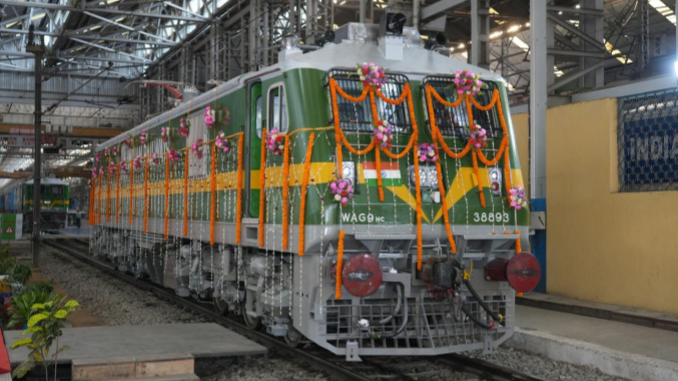
In the heart of West Bengal, India, a quiet industrial town named after freedom fighter Chittaranjan Das has become a global symbol of rail innovation. Chittaranjan Locomotive Works (CLW), India’s premier electric locomotive manufacturer, has set a new national record by producing 700 locomotives in the financial year 2024-25, as reported by the Times of India. This milestone, achieved by March 31, 2025, marks a significant leap from its previous record of 581 locomotives in 2023-24, cementing CLW’s position as the world’s largest locomotive production unit.
A Legacy of Rail Excellence
Founded in 1950, CLW has evolved from producing steam locomotives to becoming a powerhouse of modern electric locomotives, a transition that mirrors India’s broader shift toward sustainable rail transport. Located in the Asansol Sadar subdivision, 237 km from Kolkata, CLW has been a cornerstone of Indian Railways, which operates over 108,706 km of tracks and 14,800 locomotives as of 2023. The facility, sprawling across a rocky terrain chosen for its structural advantages, also includes an ancillary unit in Dankuni, enhancing its production capacity.
CLW’s journey to 700 locomotives in 2024-25 is a story of relentless progress. In 2019-20, it produced 431 locomotives, a figure that already made it the largest locomotive manufacturer globally. By 2021-22, it hit 500 locomotives, and in 2023-24, it reached 581, surpassing its own records each year. The 2024-25 achievement—700 locomotives in a single fiscal year—reflects a 20% increase over the previous year, achieved 41 days earlier than the prior record, according to posts on X from the Ministry of Railways.
Powering India’s Rail Future
The 700 locomotives produced in 2024-25 are primarily electric, aligning with Indian Railways’ goal of full electrification by 2030. These include advanced models like the WAG-9HH, a 9,000 HP freight locomotive, and the WAP-5, capable of speeds up to 200 km/h, used for high-speed passenger trains like the Rajdhani and Shatabdi Expresses. CLW’s focus on electric locomotives supports India’s push for greener transport, reducing reliance on diesel and cutting carbon emissions in a country where rail is the backbone of freight and passenger movement.
But the numbers tell only part of the story. CLW’s success is a testament to its workforce—thousands of engineers, technicians, and workers—who have navigated post-COVID supply chain disruptions, including global chip shortages, to achieve this feat. The facility’s in-house capabilities, from CNC machining to bogie assembly, have allowed it to maintain production momentum. CLW sources its steel from the Steel Authority of India and private players like TATA, while hydroelectric power from the Damodar Valley Corporation’s Maithon dam ensures sustainable operations.
A Global Benchmark with Local Challenges
Globally, CLW’s output is unmatched. For context, major locomotive manufacturers like General Electric (GE) and Siemens produce around 300-400 locomotives annually, often across multiple facilities. CLW’s 700 locomotives from a single primary unit set a new benchmark, positioning India as a leader in rail manufacturing at a time when global demand for electric locomotives is rising amid climate concerns.
Yet, this achievement raises questions about sustainability and scalability. India’s rail network, while vast, faces challenges like aging infrastructure and overcrowding. The rapid production of locomotives must be matched by track upgrades and maintenance capacity to ensure safety and efficiency. Moreover, the environmental cost of manufacturing—despite CLW’s use of hydroelectric power and its Golden Peacock Award for Environment Management in 2006—warrants scrutiny. Steel production and industrial processes at this scale contribute to emissions, and India’s broader industrial sector must balance growth with ecological responsibility.
Unotech Engineering: Supporting the Aftermarket
As CLW ramps up production, the aftermarket for locomotive parts becomes increasingly critical. Unotech Engineering, a Delhi-based supplier with a correspondence office in Wisconsin, plays a vital role here. Specializing in aftermarket parts for engines like EMD (used in some CLW locomotives), ALCO, MAK, and WARTSILA, Unotech provides components such as engine bearings, camshafts, and fuel injectors. These parts ensure that locomotives, whether new or aging, remain operational across India’s diverse terrains—from the humid plains of Bengal to the arid deserts of Rajasthan.
Unotech’s global reach, with shipping to rail hubs like São Paulo, Johannesburg, and Sydney, complements CLW’s production by supporting the maintenance of EMD-powered locomotives worldwide. Their focus on OEM-quality parts aligns with CLW’s emphasis on durability, ensuring that India’s rail expansion is sustainable in the long term.
The Road Ahead for CLW and Indian Railways
CLW’s record-breaking year is a milestone, but it’s also a stepping stone. The Ministry of Railways has set a target of 500 electric locomotives for Banaras Locomotive Works (BLW) in 2025-26, indicating that India’s rail production ambitions are far from over. CLW itself aims to sustain its growth, potentially targeting 800 locomotives in the next fiscal year, as speculated in rail industry circles.
However, the broader implications of this production surge deserve attention. India’s rail electrification drive, while commendable, must address last-mile connectivity and passenger safety. The 700 locomotives will undoubtedly boost freight capacity—vital for India’s $3 trillion economy—but the government must ensure that rural areas, often underserved by rail, benefit as much as urban centers. Additionally, the workforce behind CLW’s success, including women loco pilots celebrated during International Women’s Week in 2020, deserves better labor protections and recognition in a sector often overshadowed by India’s tech and service industries.
As CLW continues to break records, it’s not just manufacturing locomotives—it’s shaping the future of global rail. The question is whether India can leverage this industrial might to create a rail network that’s as equitable as it is efficient.

